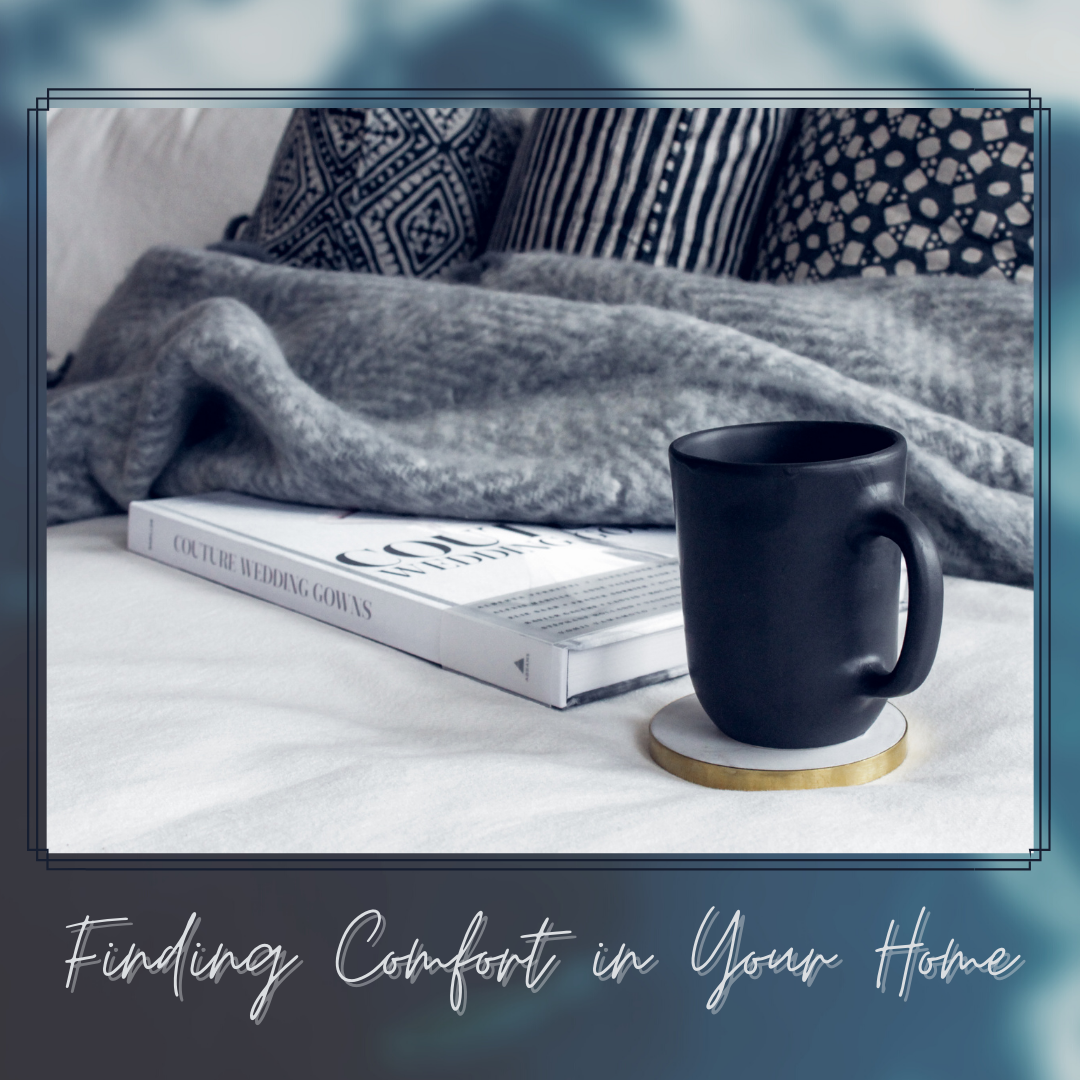8 Tips to Create Your Personal Comfort Zone and Workspace
While we never know what life might throw at us, we can prepare ourselves for times of hardship by creating places of peace and comfort in our homes.

8 Tips to Create Your Personal Comfort Zone and Workspace
While we never know what life might throw at us, we can prepare ourselves for times of hardship by creating places of peace and comfort in our homes.
Separating Work and Rest
Inside of our homes may have seemed like the last place we wanted to look for rest during quarantine. However, as it becomes one of our only options, it also becomes all the more necessary.
As we find ourselves spending more and more time working at home, it is important to physically separate where we work and where we rest. For example, if you spend all day working in bed or on the couch, how can you expect to find rest there immediately afterwards?
Implementing designated rest and work areas in your home can be extremely beneficial! Even if your home is small, you can always find new ways to create your own personal comfort zone and work space.
Creating Your Own Personal Workspace
Try moving your furniture around to set up a small home office space built specifically for focus and work hours.
- When choosing the right spot, try to stay out of the way and away from distractions like the tv or snacks.
If you have kids that need supervision, try setting them within eyesight, but not near enough that they'll be tempted to bug you every 30 seconds.
If your best option is somewhere like the kitchen table where you can't leave your work supplies out, grab a basket or bin to store all of your supplies in. When you're finished working for the day, simply load up your basket and set in a discreet corner or closet.
- Adequate lighting is a must have for your work space. If a spot near a window isn't an option, try moving lamps from other areas of your home.
If your eyes feel strained after the first couple of days in your new workspace, that's a sign that your lighting isn't doing its job. Try adjusting the position of the lamps and/or adding more lighting options.
- Even if you don't have an expensive ergonomic office chair, it's important to not spend hours of your day hunched over or in an uncomfortable position. Proper back support can be created with cushions and pillows.
If you find yourself getting sleepy often while working, consider working standing up at a kitchen counter top or other tall surface. Just be sure that you're not having to lean over in order to work.
- Last but not least, don't forget to decorate your new workspace! Implement some positive vibes with house plants or your favorite art piece! Embrace those work-at-home perks and bring out your diffuser or calm, non-distracting music while you work.
Creating Your Own Personal Comfort Zone
Try introducing these tips to your comfort zone, and the rest of your home for an overall relaxing environment.
- With the numerous styles, options, and suggestions out there these days, it can be hard not to try to fit all of your favorites into your home! However, studies have shown that simplicity is a key ingredient to a peaceful environment.
Ridding our home of those extra little knick knacks and pointless table toppers can offer considerable relief. In your personal comfort zone, try to have as much free space as possible so you don't feel cluttered or crowded.
Instead of trying to incorporate every idea and Pinterest picture you've liked, ask yourself what truly feels like an expression of yourself.
- When deciding how to decorate your home and resting space, choose things that remind you of things you love. Whether choosing colors and images of your childhood or hanging yours or your children's artwork, your home should be a reflection of your personal values and rarities.
While anyone can make suggestions, your true comfort starts with you. So ask yourself, what makes you feel at peace?
- Research shows a multitude of benefits from having plants in the home. From the bright cheerfulness of fresh flowers on your table to the air cleansing properties of an aloe vera or spider plant, adding some greenery to your home is a surefire way to create a sense of calm. Click here to check out this list of air purifying plants for the home!
If you weren't born with a green thumb, check out this list of low maintenance house plants.
- Do your best to create a calming color pallet. Blues, whites, and soft lightings are sure to instill serenity into any space. If you'd like to add contrasting colors to your space, green is the easiest color for our eyes to physically view.
Adding small amounts of orange to your blue induces a sense of symmetry and balance through complementary colors. However, stick with soft and pale oranges instead of brightly hued shades.
These tips may seem quite simple, but once you've implemented them into your home, you'll be surprised at what a difference they can make!


Comments